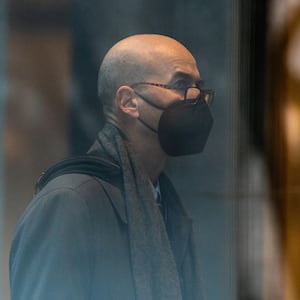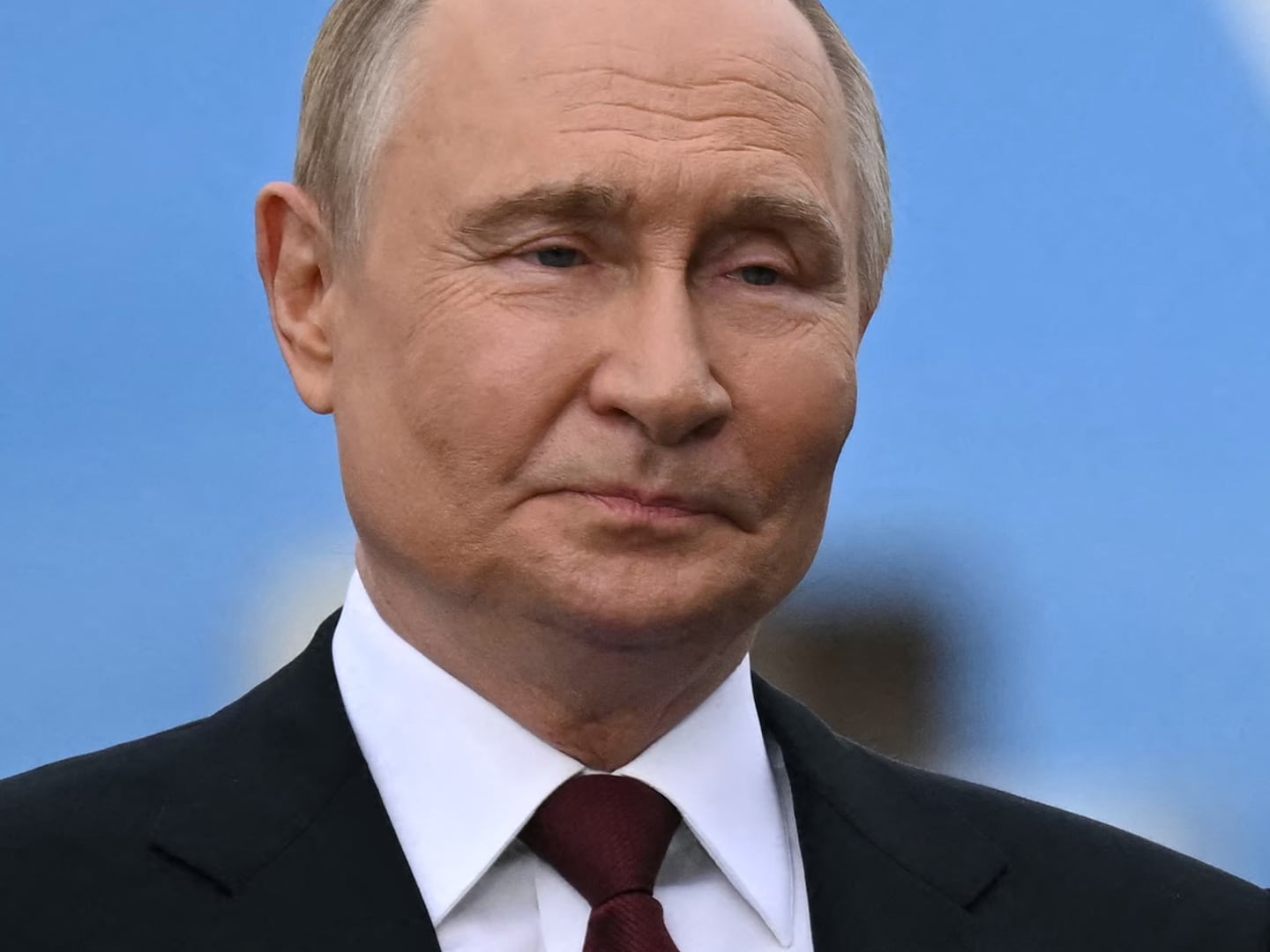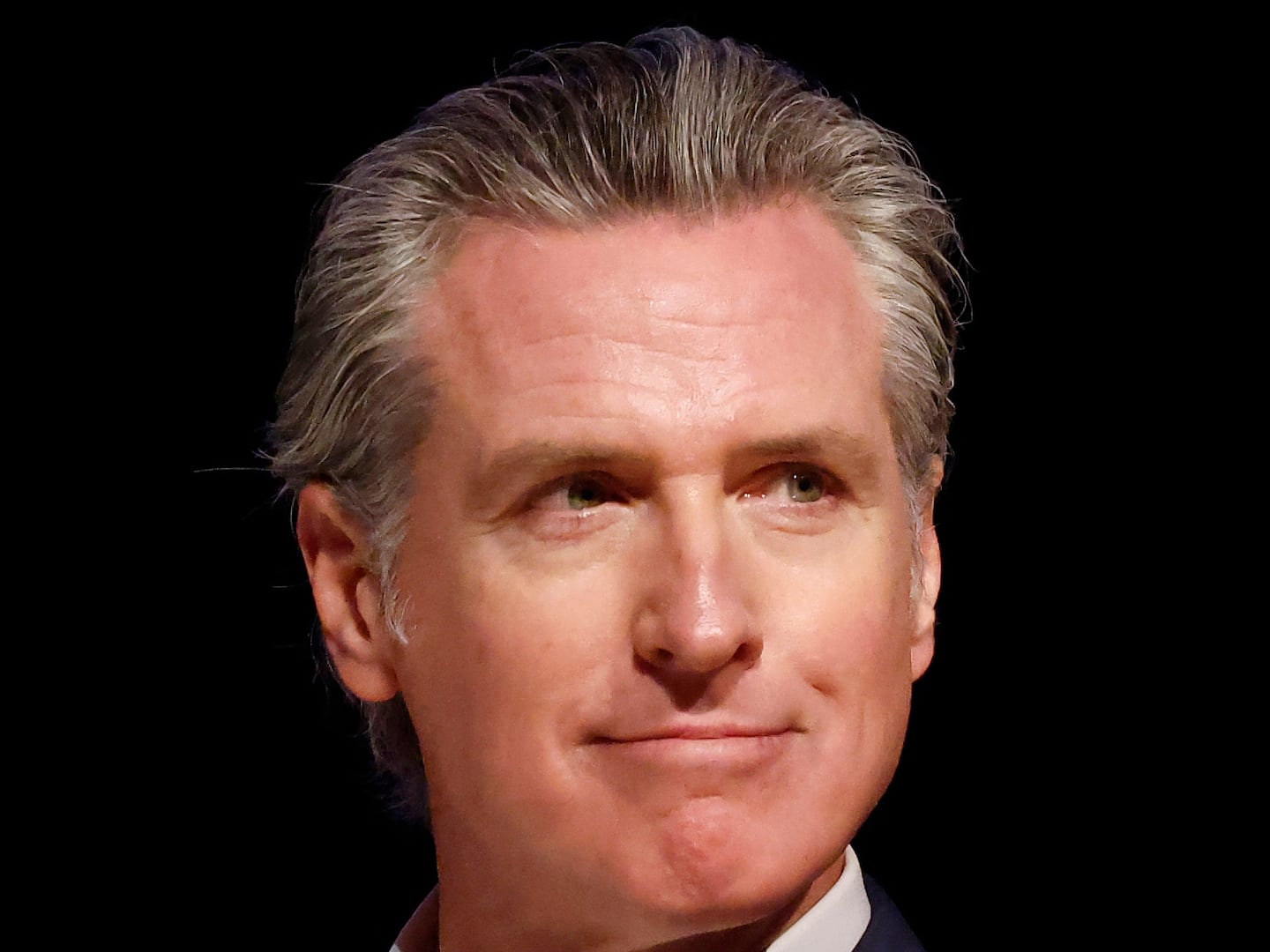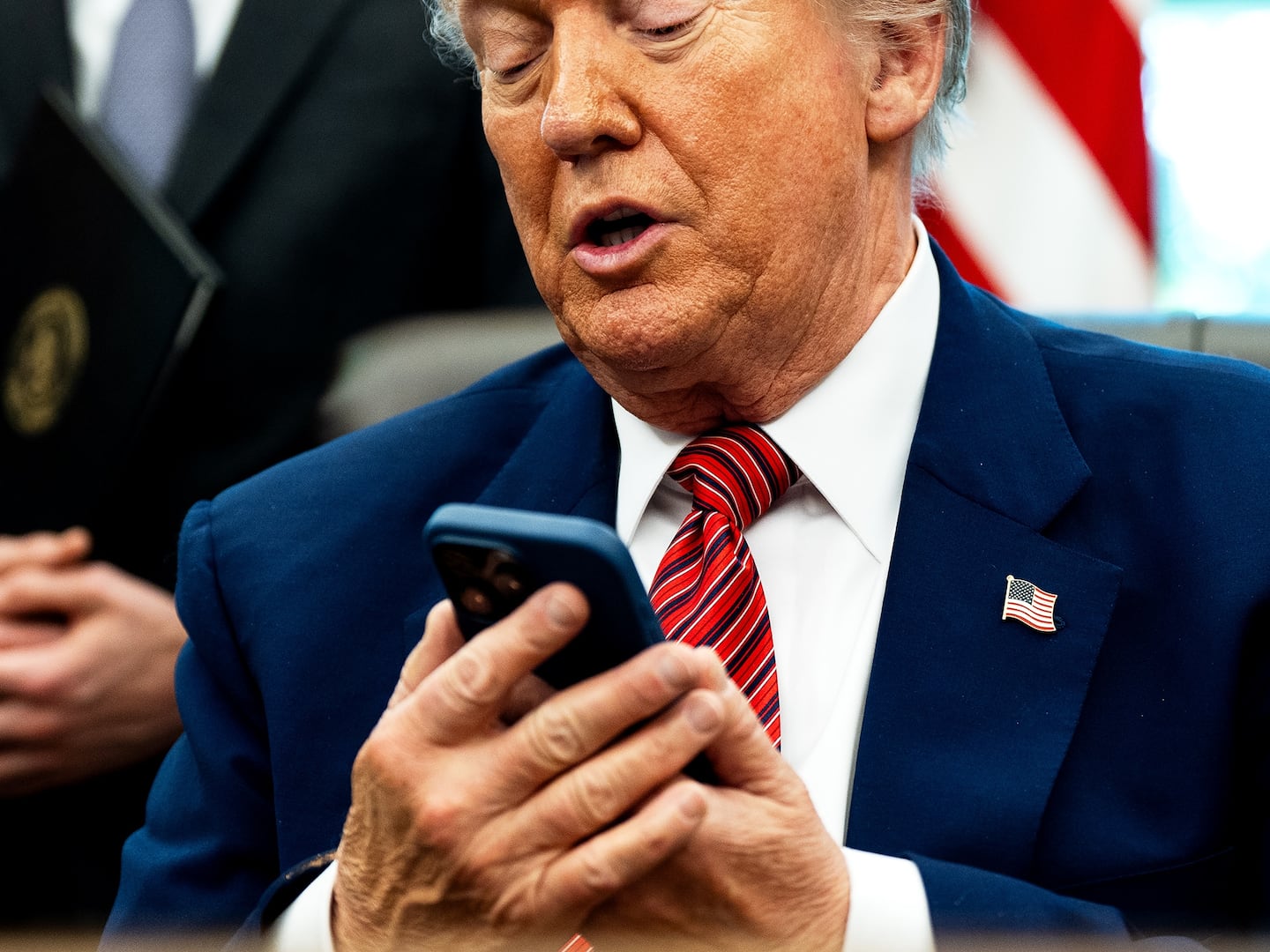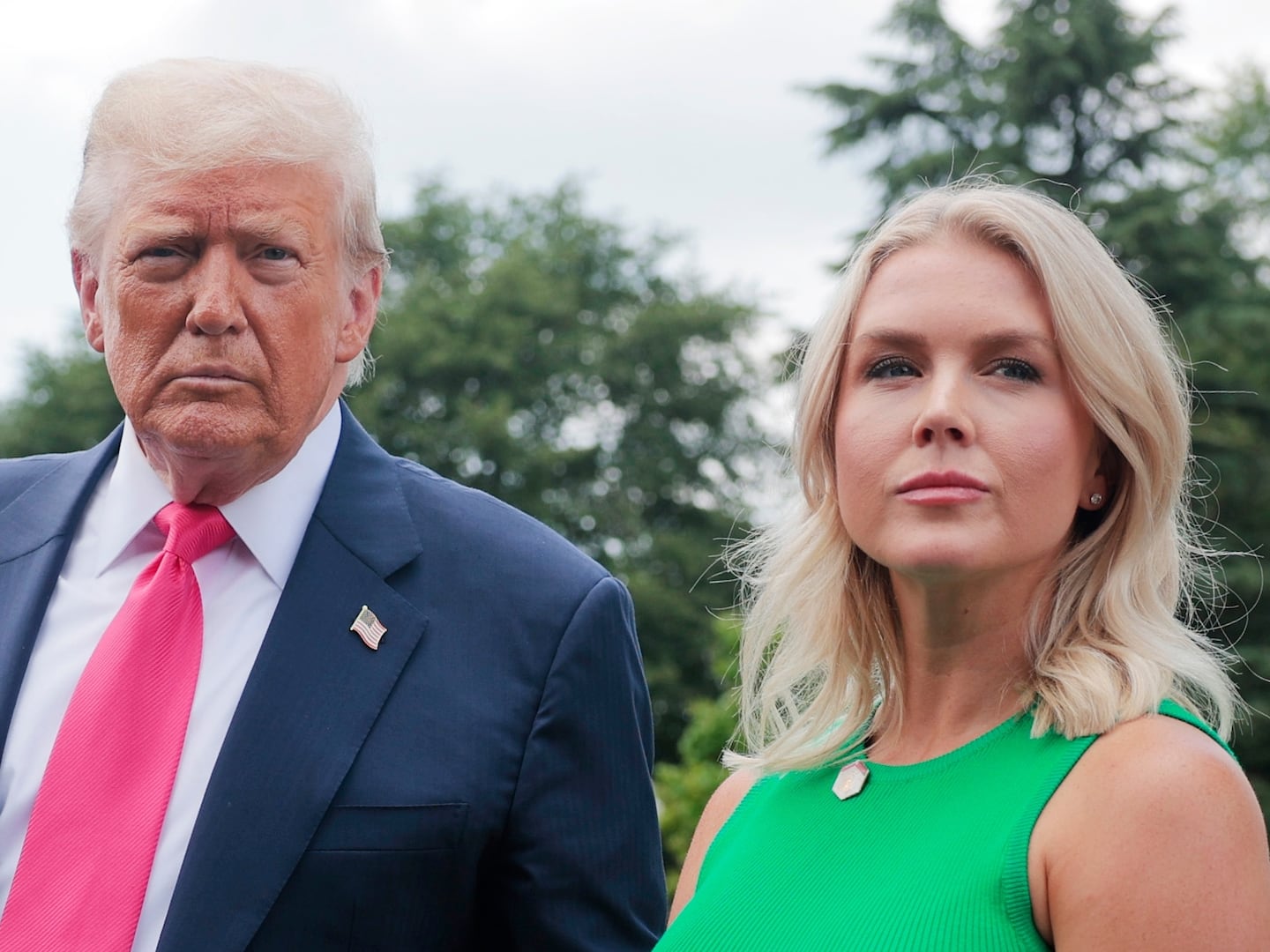James Bennet, the ousted New York Times editor at the center of a defamation lawsuit brought by Sarah Palin, described a frantic struggle on Wednesday in recounting how his “failure” produced a column that wrongly connected the ex-governor to a mass shooting.
Palin briefly took the stand Wednesday afternoon, her “golly!”-laden testimony making for a sharp contrast with that of the prestigious journalist. But it was Bennet who once again played the star in a high-stakes drama pitting the news media against its subjects.
Bennet, who left the Times in June 2020 amid internal backlash to another column, reiterated during his second day of testimony that he was responsible for a now-infamous 2017 piece entitled “America’s Lethal Politics.” The column erroneously suggested that the former Alaska governor’s political action committee and her rhetoric had incited a 2011 Arizona mass shooting that killed six people and severely injured then-Congresswoman Gabrielle Giffords.
“I’ve regretted it pretty much every day since. I meant it was simply a connection to this larger environment,” Bennet, sporting a gray suit and a striped tie, told jurors inside a packed Manhattan federal courtroom, attempting to unpack what he said was intended as an argument about toxic politics and not an explicit statement about causation. “If I thought it caused the violence, I would’ve used the word caused; it would have saved me a couple of words.”
The June 14, 2017, column was signed by the newspaper’s editorial board and published just hours after Louisiana Rep. Steve Scalise was wounded when a man opened fire on a congressional baseball practice in Washington. The shooter was later identified as a vehement supporter of Vermont Sen. Bernie Sanders.
Moments later on Wednesday, Bennet’s face grew red before he took off his glasses at the witness stand and wiped his face. Palin, sporting a hot pink jacket, stared straight at the former editor from her seat at a lawyer's table just a few feet away. Bennet was also seen shaking his head several times throughout his testimony.
As he did a day earlier, Bennet painted a picture of a frantic rush before the deadline that produced a regrettable error. “I should have slowed down,” he said.
The former editor’s claim to working too quickly–and his emotional statement of regret— could be critical evidence in favor of the Times as jurors are set to decide whether Bennet knowingly defamed Palin in 2017. On Wednesday, he insisted several times that he had no intention of committing the error, nor did he mean to pin the blame for the 2011 shooting on Palin or her camp in any way.
Throughout the trial, jurors have been tasked with deciding whether Bennet and the Times acted with “actual malice” when they used the disputed wording in the editorial—meaning that the former editor knew what he had written in the piece was false—or else that he published the piece with “reckless disregard” for the truth. Palin’s lawyers have argued Times editorial staff actively chose not to fact-check the column’s claims and deliberately fed a narrative they knew to be false about the Republican.
The trial has stakes not just for Bennet’s reputation, but for the state of libel law in the United States in an era when right-wing politicians routinely accuse the media of bias and falsity.
On Tuesday, Bennet took the stand to discuss errors and shortcomings in the editorial process that led to the published piece, which was originally drafted by now-reporter Elizabeth Williamson—including how he did not personally conduct any research himself. That may have contributed to the piece wrongly suggesting a map circulated by Palin’s PAC in 2010 had placed crosshairs on individual members of Congress, when in fact they were placed on congressional districts, he suggested.
“I was functioning as an editor, not a reporter on this piece,” Bennet explained after being questioned about why he did not do his own reporting on the map or the 2011 shooting. “I didn’t think then, and I don’t think now, that Jared Lee Loughner was influenced by the map.”
“I didn’t think that’s what we were saying,” he added.
No link was ever found between Palin’s map and Loughner, the Arizona shooter who had mental illness and a long-running fixation on Giffords. Bennet said Wednesday that he first became aware of the fact that the column suggested Loughner was directly influenced by Palin’s rhetoric late at night on June 14, 2017, when he received an email from Times columnist Ross Douthat expressing his “bafflement” at the editorial.
“I don’t normally raise issues with our editorials (I expect to disagree with them, after all!) but I felt I should express my confusion in this case,” Douthat wrote to Bennet at 10:35 p.m. that night.
Bennet explained to the jurors that he was “very concerned” and “alarmed” by Douthat’s comments that the piece implied Loughner was influenced by Palin. In another email, which was also shown in court, Douthat stressed to the editorial page editor that Palin’s PAC map “had no link, none at all, to Gifford’s actual murder.”
“I was really concerned,” Bennet said on Wednesday. “By then I had looked on Twitter… and other conservative writers… were echoing the same interpretation. It was quite harsh.”
Bennet said that he suffered a sleepless night after Douthat’s email and amid growing outrage on Twitter—and sent an email to Williamson and a fact-checker at 5:08 a.m. the next morning to address the problem.
Ultimately, Times lawyer David Axelrod has noted at trial, the newspaper issued a correction stating it “incorrectly stated that a link existed between political rhetoric and the 2011 shooting” and “incorrectly described” the map.
“We are human beings... We don’t promise to be perfect. We promise to try our damnedest to be perfect," Bennet said Wednesday, noting that when his team realized their error they wanted to fix it.
Bennet, who finished his testimony on Wednesday, admitted to jurors that he never reached out to Palin to apologize after the error—and had hoped comments he sent to a CNN reporter would relay his regret.
In a moment of levity in an otherwise contentious questioning, U.S. District Court Judge Jed Rakoff questioned Bennet about his knowledge of grammar—including whether he knew what a transitive verb was.
“I am aware,” Bennet responded with a small laugh.
On Wednesday afternoon, Palin took the stand for about 13 minutes, inviting laughter as she discussed her familial and political background.
Establishing her roots—for anyone who was not long aware—in small-town Alaska, Palin described to jurors how she wanted to “to be a voice for both sides, so there would be a reasonable debate.” That ultimately led to her running to be governor in 2006 to “clean up corruption” and “crony capitalism,” as she put it.
Two years into her tenure, she recalled, she got asked to join the late Sen. John McCain’s Republican presidential ticket.
“(They) made the phone call and asked if I wanted to meet with Sen. McCain, like, the next day. I flew down to Arizona, and right then, they asked me if I would run,” Palin said. “I was thrust into a different kind of spotlight.”
Palin was set to resume her testimony on Thursday morning.


